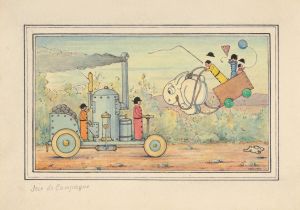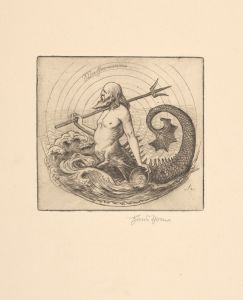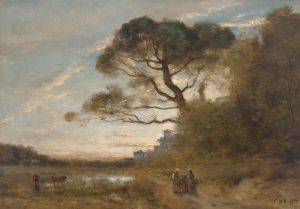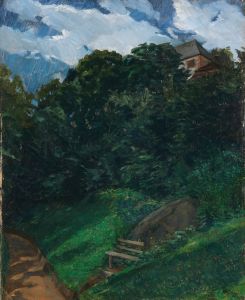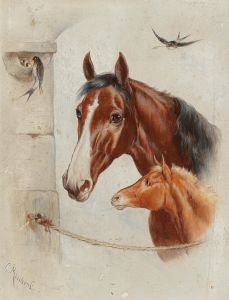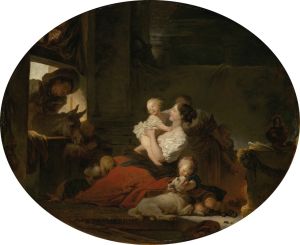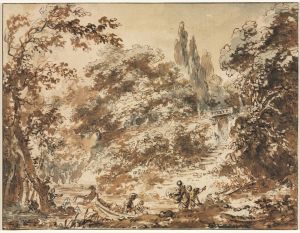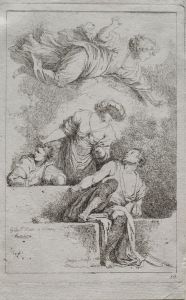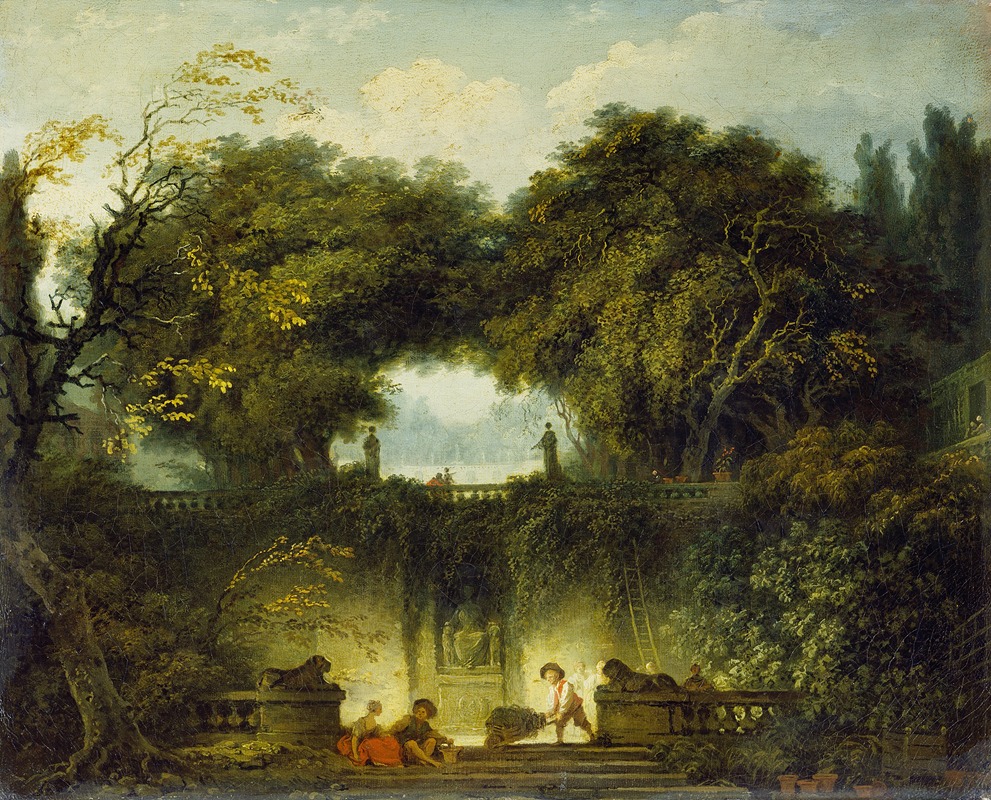
Le petit parc
A hand-painted replica of Jean-Honoré Fragonard’s masterpiece Le petit parc, meticulously crafted by professional artists to capture the true essence of the original. Each piece is created with museum-quality canvas and rare mineral pigments, carefully painted by experienced artists with delicate brushstrokes and rich, layered colors to perfectly recreate the texture of the original artwork. Unlike machine-printed reproductions, this hand-painted version brings the painting to life, infused with the artist’s emotions and skill in every stroke. Whether for personal collection or home decoration, it instantly elevates the artistic atmosphere of any space.
Jean-Honoré Fragonard's "Le petit parc" is a captivating example of the Rococo style that flourished in 18th-century France. Fragonard, born in 1732, was a prominent French painter known for his exuberant and playful compositions, often depicting scenes of romance and leisure. His works are characterized by their vibrant colors, fluid brushwork, and a sense of movement and spontaneity.
"Le petit parc" exemplifies these qualities, capturing a moment of leisurely enjoyment in a lush garden setting. The painting is a testament to Fragonard's ability to convey the carefree elegance and playful spirit of the Rococo period. While specific details about the painting's creation, such as its exact date, are not well-documented, it is generally believed to have been produced during the height of Fragonard's career in the late 18th century.
The composition of "Le petit parc" features a group of elegantly dressed figures, likely members of the French aristocracy, engaged in leisurely activities within a beautifully landscaped garden. The setting is typical of the Rococo style, with its emphasis on nature, pleasure, and the idyllic aspects of life. Fragonard's use of soft, pastel colors and delicate brushstrokes enhances the dreamlike quality of the scene, inviting viewers to immerse themselves in the tranquil and joyful atmosphere.
Fragonard's work often reflects the social and cultural milieu of pre-revolutionary France, where the aristocracy indulged in the pleasures of life, often depicted in art as carefree and idyllic. "Le petit parc" is no exception, capturing the essence of a society that valued beauty, elegance, and the pursuit of happiness. The painting's composition and subject matter align with the Rococo movement's focus on themes of love, nature, and the enjoyment of life's pleasures.
The painting's charm lies in its ability to transport viewers to a world of elegance and refinement, where nature and human interaction are harmoniously intertwined. Fragonard's skillful rendering of textures, from the delicate fabrics of the figures' clothing to the lush foliage of the garden, demonstrates his mastery of the Rococo style. His attention to detail and ability to capture the subtleties of light and shadow further enhance the painting's visual appeal.
While "Le petit parc" may not be as widely recognized as some of Fragonard's other works, such as "The Swing" or "The Progress of Love" series, it remains an important example of his artistic legacy. Fragonard's influence on the Rococo movement and his contribution to the development of French art are significant, and "Le petit parc" serves as a testament to his talent and creativity.
In summary, Jean-Honoré Fragonard's "Le petit parc" is a quintessential Rococo painting that captures the essence of 18th-century French aristocratic life. Through its elegant composition, vibrant colors, and playful subject matter, the painting invites viewers to experience the beauty and joy of a bygone era. Fragonard's work continues to be celebrated for its artistic excellence and its ability to evoke the spirit of an age characterized by its love of beauty and pleasure.





